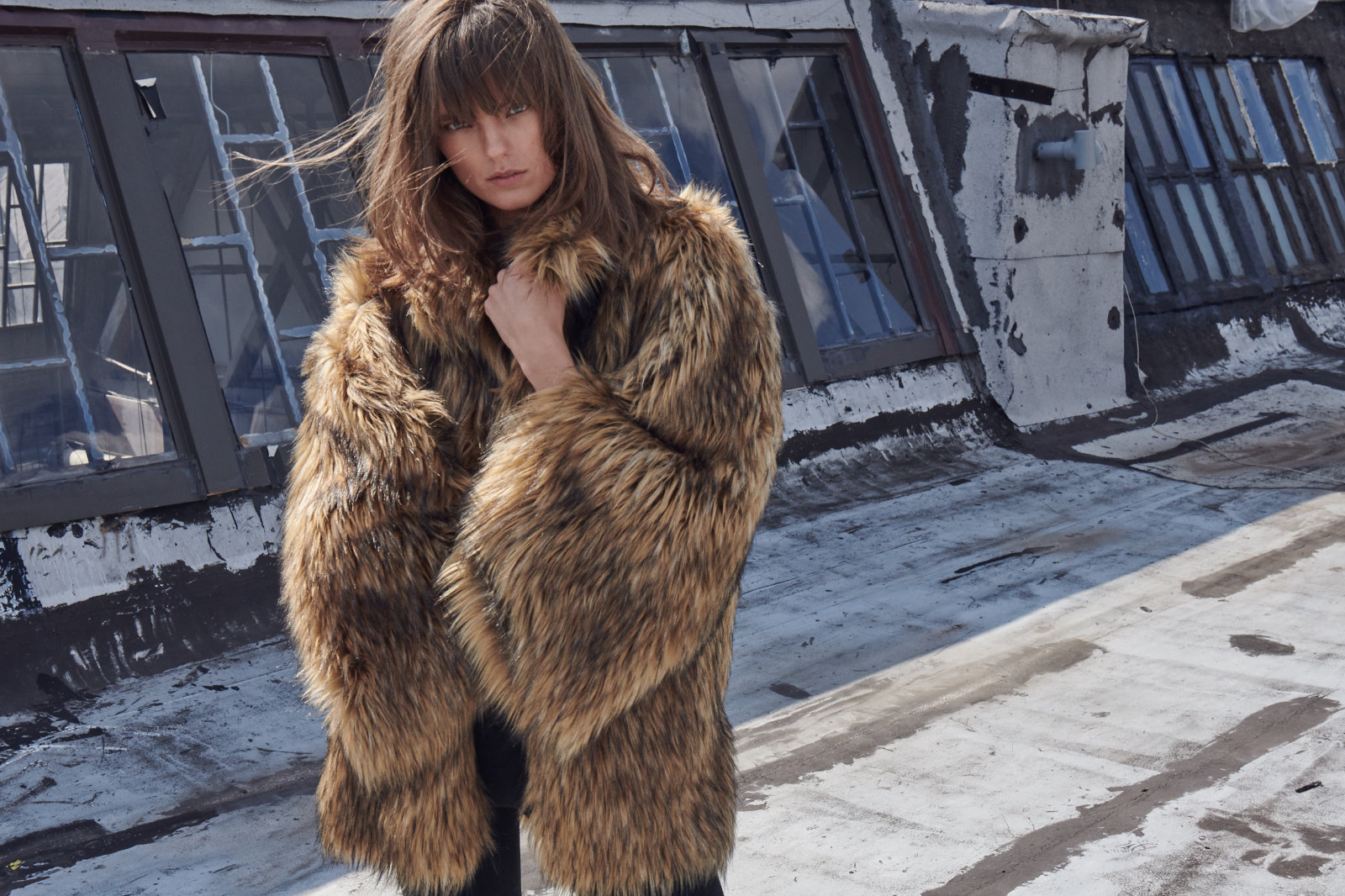
FASHION We look at House of Fluff, one of faux fur’s premier labels that gained such a fast following that it was called upon to re-create Elton John’s coats in Rocketman. Jack Yan interviews House of Fluff founder Kym Canter
From issue 41 of Lucire and the January 2020 issue of Lucire KSA
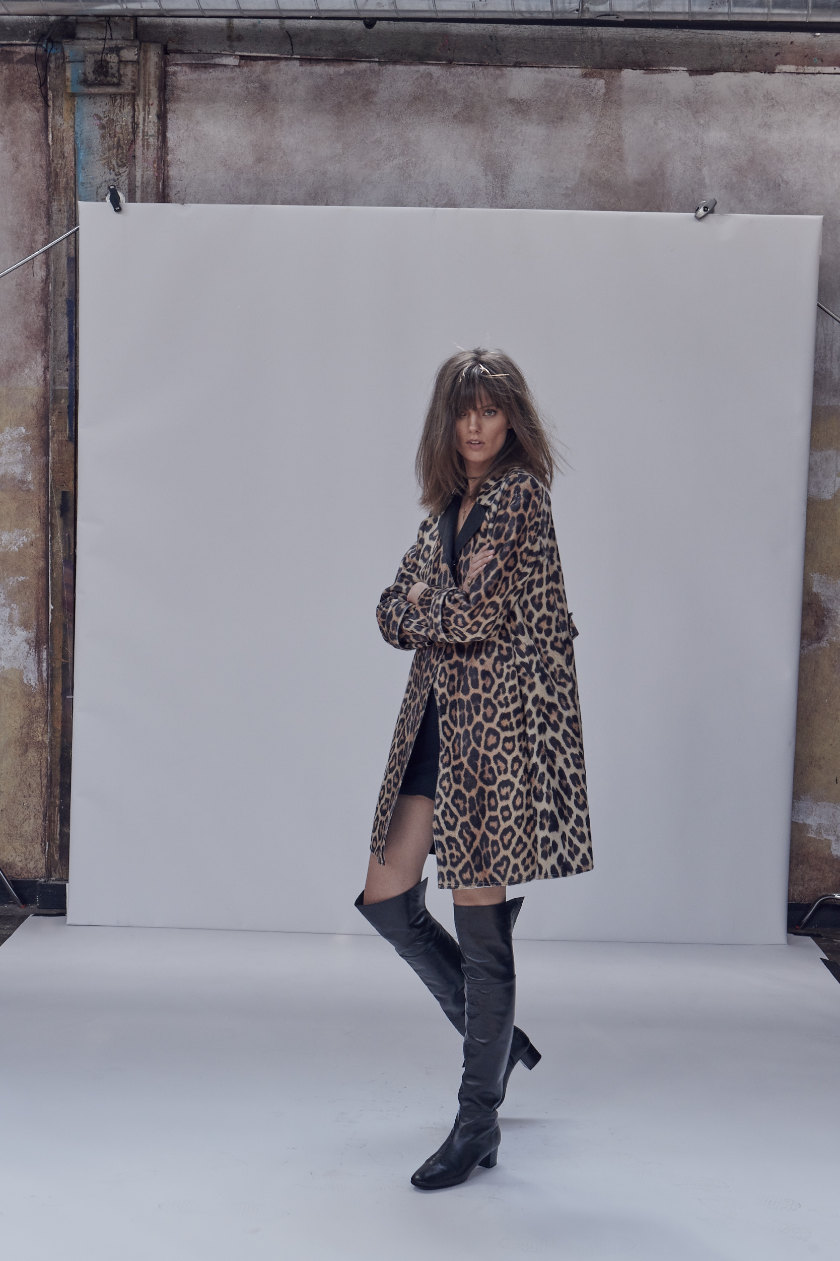
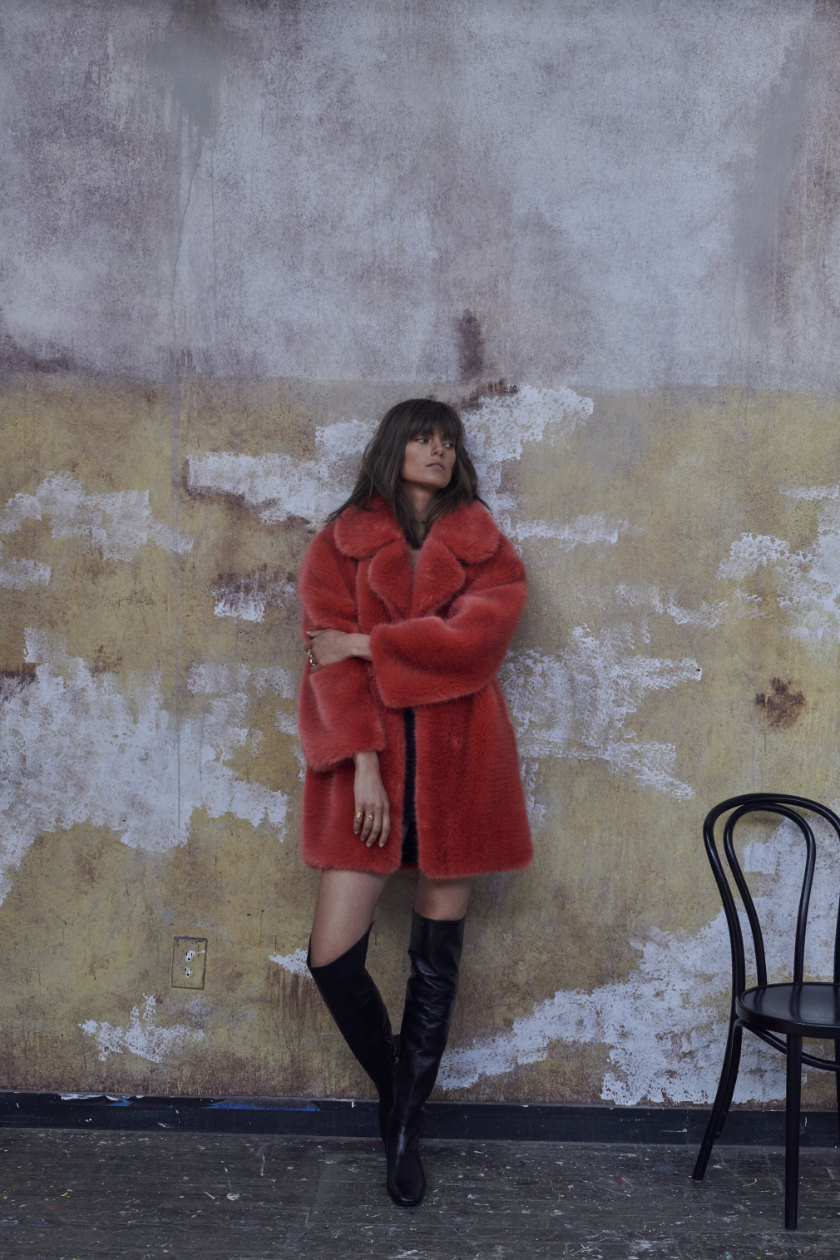
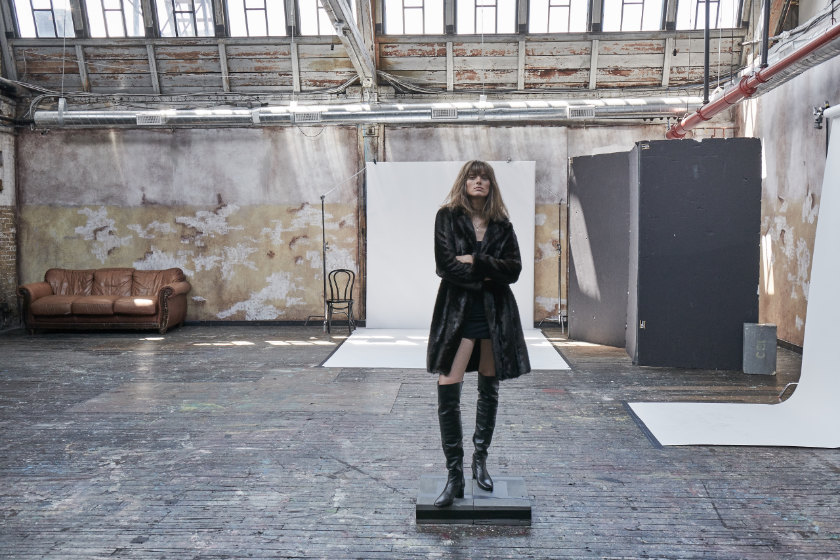 House of Fluff’s animal prints and bold colours have gained it even more fans
House of Fluff’s animal prints and bold colours have gained it even more fans
The faux fur movement has steadily gained traction over the last two decades. Calvin Klein was one of the first major labels to stop using it, as far back as 1994, while supermodels Naomi Campbell and Christy Turlington led a campaign, one that has been duplicated with other celebrities since, declaring that they would ‘rather go naked than wear fur’ for PETA. Meanwhile, fur industry groups fought back with publicity in the early 2000s, initially promoting shows that featured furs, and now, countering with stories taking an environmental angle, hoping to associate themselves with the green movement.
The tactics remind us that big labels are abandoning real fur: Ralph Lauren and Tommy Hilfiger in the 2000s, Hugo Boss and Giorgio Armani in the 2010s.
Kym Canter was creative director at J. Mendel from 2001 to 2009, where she was instrumental at transforming the business—including its fur line. She’s since founded House of Fluff, which has become one of the faux fur labels, gaining an international reputation rapidly since its founding in 2017.
Canter’s journey from ‘the biggest fur girl coming out of Mendel’ to creating a faux fur label didn’t happen overnight: she had years in fashion editing, styling and brand-building, where her skills acquired over three decades helped set the stage for her own venture.
‘When I grew up in the ’70s, I had a mother that read,’ she recalls. ‘I read the fashion magazines, and I was very taken with the glamour of Francesco Scavullo … and the beautiful people.’
Growing up ‘in a household of women’, Canter says she shopped a lot. ‘Our sport was shopping.’
When travelling, she says she was taken with the imagery that she had seen in the magazines, ‘but I was also very taken with ideas of fine art, and in the end I chose to go to art school, a very cutting-edge art school in California—it was a school called Cal Arts—and I did that for four years, which was great. Then I moved to New York in the early ’80s, and my goal was to basically make the images that I loved when I grew up. I was very interested in the magazines, I was very interested in fashion …
‘My first job was at the Village Voice, which was still very cool in the early ’80s, and they had decided they were going to do a fashion magazine. They hired me to be the fashion editor, so that was sort of my first job. From there, I went to all different places, and wound up at Elle [US], and for a while, at The Washington Post, and then I was a stylist … Then I switched over to the brand side, and went to J. Mendel as creative director, but I think the thing that was really interesting for me, is that I already had an understanding of how to tell a story because I’d been at a magazine, so I had an understanding of PR; I had a basic understanding of how to put clothing together and tell a story because I had been a stylist; and I think all those things were really important than when I finally did go to a fashion brand.’
During her time as a stylist, Canter recalls that she did a cosmetics’ campaign, and had to make custom clothes to match the colour of an eye-shadow. ‘By the time I did go to J. Mendel, I knew many other things that later would prove so important. Having a brand now in this day and age is 70 per cent marketing, 30 per cent design. Social media was really a game-changer. There were certain things I innately understood about brand-building, because I’ve had these other jobs. I think being at Mendel, for me, was a very interesting experience, that we sort of caught the wave.
‘When I met Gilles Mendel who owned the company, he was the son of the [founder], just making these fur coats, but [he] really wanted to make a brand.’ Canter was tasked with that job. She saw that interest in red-carpet fashion was growing in the 2000s, so J. Mendel went into making gowns. ‘That propelled us to a different place and it all worked. Then celebrities became hot. Socialites were hot. And you just had to follow the Zeitgeist.’
Of the first decade of the 21st century, she says, ‘It was a fantasy world.’
Departing J. Mendel, Canter had a collection of fur coats, and ‘loved winter’. But around two years ago, prior to her starting House of Fluff, she had a realization. ‘I started to become very aware of using organic food, the products I cleaned my house with, the beauty products that I used, and it was just a greater awareness to how I was living, and of course, my closet couldn’t escape the same scrutiny.
‘One day I went into my closet to put on a coat to go to a party, and I just thought, “This doesn’t feel right.” This isn’t what my ethics were about, and this isn’t so chic, and it didn’t feel modern … I was going somewhere in Brooklyn, I just didn’t want to go there in a fur coat. It just seemed all wrong.
‘The next day I went shopping, I was like, “Oh my God, what am I going to wear?” and moving forward, and there was just crap. I just couldn’t find anything that was sophisticated enough, or interesting enough, or well made enough, to replace the things I had. So I decided I was going to make myself a coat, and I reached out to the design director at J. Mendel [Alex Dymek], who had been a good friend of mine, and we had worked together for ten years, and I said, “I think I want you to make me a coat, a fake fur coat.”’
Dymek agreed to the assignment, and Canter mentioned the project to her friends. To her surprise, they all wanted one. ‘I just thought, “I think I’m on to something.”’
She took 26 of her fur coats and sold them for the seed money for her new business. Some angel investment came her way to get House of Fluff off the ground, as Canter says that the coats netted ‘10¢ on the dollar,’ as she watched a $50,000 sable coat go for a mere $5,000.
When the investment was secured, she went back to Dymek and asked if he wanted to join her. ‘Luckily for me his sister was a veterinarian, so his family had always hated what he did for a living, because he was the “animal killer”, so he jumped at it.’
The first coats were inspired by designs that she and Dymek already liked, but re-created in faux fur. Word of mouth then began, and ‘more people told other people, and before I knew it, someone brought Net-à-Porter to see me …
‘We had only planned to make a small amount of inventory … because we originally thought that’s what we’d maybe sell in New York City. And then all of a sudden, Net-à-Porter shows up at your door and there’s thousands of thousands of units, and we weren’t staffed for that; and then Saks Fifth Avenue came, and it was just crazy.’
Canter looks back at those early days, recalling that they were terribly understaffed, with both her and Dymek wearing multiple hats each.
Once they got the orders out, they had hardly any inventory left, so when some celebrities came knocking, they had nothing to loan.
Canter changed tack from her original direct-to-consumer idea, after retailers and hotels showed up with money and orders.
‘Of course it’s much better to have success and demand, and to be where we were, than to be sitting around with product with no one to give it to, and no one to care, but we worked so hard,’ she continues.
‘It’s just the timing was really impeccable. It was a very lucky thing: we got so many actresses and influencers right away, because people didn’t want to be seen in fur, but there wasn’t a product that was sophisticated and sexy and that they wanted to wear,’ she notes. ‘It was really easy, pretty much everyone came to us. We didn’t do any advertising, we didn’t spend $1 on customer acquisition, it was all really inbound … Everyone just started calling us, and it was just a really fast and furious beginning. It was crazy.’
Canter also aligned the label with the Humane Society, and PETA approached her.
Other aspects of House of Fluff follows her ethos of being sustainable and Earth-friendly. The label has no single-use plastic: all the coats come in cloth garment bags. They collect all the scraps from the floor and turn them into plush collectible toys called Scrappies.
‘We started working on finding the most ethical faux fur fabrics that were available. I reached out to these chemists at a non-profit called Cradle to Cradle, and asked them about trying to make a bio-based faux fur that would actually decompose,’ adds Canter. She says a lot of faux fur has polyester in it—common enough in a lot of garments. Vegan leather contains it, too.
Canter realizes that with some of her range, the faux fur looks so good that it could be mistaken for the real thing, so she takes steps to signal that House of Fluff is animal-free and vegan. ‘We just made a mink that we developed in Japan … in the mahogany colour, the natural colour. [It] looked so real that we actually put a tag on the outside, that said, “This is an animal-free product,” and we planned to … do that with things that look really real.’ However, by also using colours that don’t exist naturally, House of Fluff is able to signal its designs’ faux fur credentials.
In time, Canter sees the concerns over realistic faux fur abating. ‘As more people turn away from real animal fur and as more states ban it, and as more stores … refuse to sell it, it will just become so much less desirable; and as the manufacturing grows and as the technical aspects of the fake fur become more sophisticated, and you start seeing brands like Gucci and Versace using it, everything’s going to be fake. There’s going to be less of an issue, it’s going to be the accepted norm, and hopefully one day it’ll even become illegal to kill animals [for] clothes.’
Once the momentum began, House of Fluff wound up creating the fur coats in Rocketman, the Elton John biopic starring Taron Egerton. Says Canter: ‘Julian Day was the costume designer and he had also done Bohemian Rhapsody, so when they called, they wanted to do some furs … they didn’t want to use real animals.
continued below
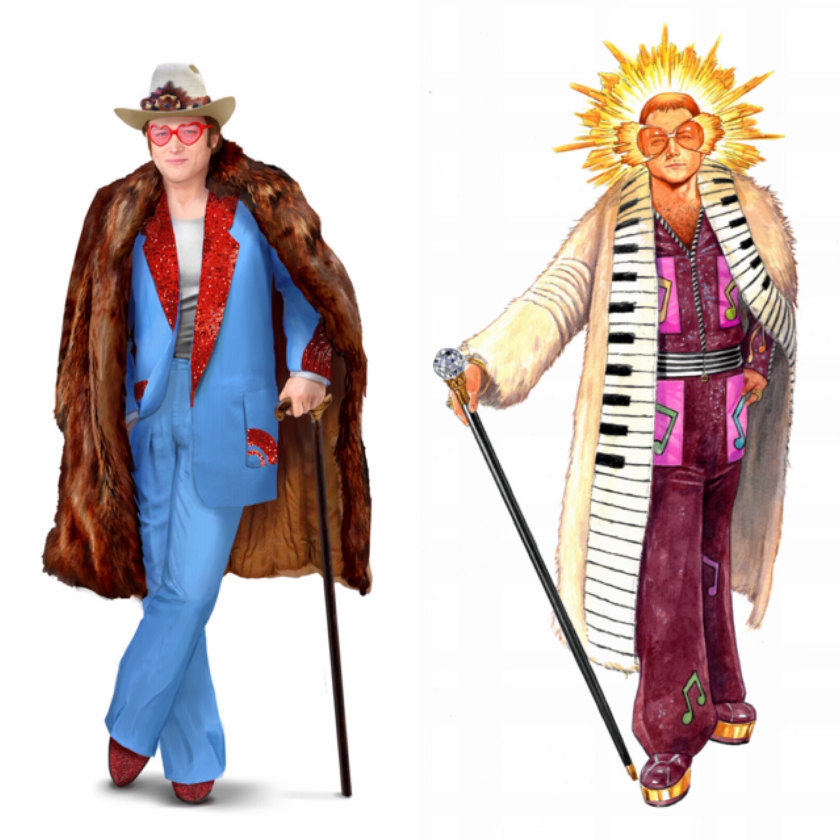 Concept drawings for Rocketman
Concept drawings for Rocketman
‘They wanted them to be faux and they asked us to do it. They sent sketches, and then we explained to them what would work and what wouldn’t work. We also suggested different types of furs to them. We sent back muslins—they were in London and we were in New York—for Taron Egerton to try on, and we went back and forth on Skype. Then we produced the final things in New York and sent them off. It all happened really quickly.’
Not everything, however, is made in New York: it would be unrealistic. Some of the more mainstream designs hail from a factory outside Shanghai. Canter notes that there is ‘incredible’ innovation happening in China for her trade, and, in keeping with her values, House of Fluff vetted the factory.
In New York, however, Canter and her team do special orders and costumes. ‘We did a whole group for Burning Man based off the Elton John furs, because it’s so great to sell faux fur in August, and all that stuff we did in our atelier, in our studio in New York City.’
As the company matures, some of the load has been taken off Canter and Dymek. A new ceo, Tina Imm, joined them after serving as chief digital officer for Beyoncé’s Parkwood Entertainment. ‘I never would believe in my life that someone would choose me over Beyoncé, but great!’ The company’s website, warehouse facilities, even its accountant, have been ‘upgraded’. Imm has also brought more discipline to House of Fluff’s Instagram, which had hitherto been an ad hoc activity for Canter, whenever she found a moment.
They’ve also found support from fans of the brand, who admire its principles, and are willing to cut deals to help the business grow from its start-up roots.
However, Canter still sees it as her duty to do the trunk shows and private selling events, including one to London. She finds it important to meet customers and see how they react to the product. ‘I think that’s really important to do at the beginning when you have a brand.’ She also answers customer service emails and builds relationships with those who contact the company.
As House of Fluff faces the future, it has to counter one powerful force: the fur lobby. It is well funded, and Canter calls them ‘very smart … they hired very slick publicity people’. As an example, Canter says that the lobby has changed the conversation from being about animal welfare to sustainability, claiming that animal fur is more natural than faux fur and, therefore, better for the environment. ‘They really screamed it from the rooftops and they took out ads in many magazines because they could afford to, and put up billboards, and were really able to spread a message that sadly is false,’ says Canter.
‘Lots of science that proves otherwise … but it created a lot of confusion for the consumer.’
She says a lot of people, including journalists, approach her with, ‘Isn’t your product bad for the environment?’
‘I would say to them, “Listen, there’s nothing different in my product than what’s in half the clothes you’re wearing.”’
Canter admits that the fashion industry is a major polluter, and that it’s a problem that she is committed to fixing. However, she points out the inconsistency of consumers and media when they ask whether faux fur is good for the environment—notably that no one asks a jeans label whether denim is harmful. It illustrates, she says, the success of the fur lobby: ‘it was so targeted at this one specific type of a textile that that has to give you pause.’
Among the solutions that Canter proposes is a bio-based, polyester-free faux fur, which she has been working on from the beginning with suppliers. ‘We quite aggressively sourced fabrics and talked to mills about finding as eco-friendly and Earth-friendly faux furs as we can. Ecopel … is a very forward-thinking mill.
‘We got a reputation for being interested in [Earth-friendly materials], so they often would bring anything new that they had or were developing for us to look at. They were able to take the plastic waste, [which] they melted down to a thread, and we used the thread to build the fur. They showed me a little swatch and I thought that was incredibly interesting and so we decided to make something out of it. In the end, we wanted to make something that could be for everyone.’ The idea of its faux fur shearling made from 100 per cent post-consumer plastic waste was born. ‘I pitched it to Oprah’s Favorite Things, and we just launched it. We plan to move forward with that, and do it in prints and crazy colours and matching made garments. This was sort of a first try, it was the hat.’
Selling furs based on wholly biodegradable plant-based fabrics is House of Fluff’s target for 2020. ‘We’re partnering and going to trials and we like to be able to come out with something like that in 2020.’
Canter remains keen to move to her direct-to-consumer model and drop wholesale. She also expects to see the label move to a more price-friendly space, and going ‘a bit more street,’ while increasing its offerings of pioneering eco-friendly and plant-based fabrics. With the way House of Fluff has grown, and how indefatigable Canter is, it’s an exciting time to watch this label. •
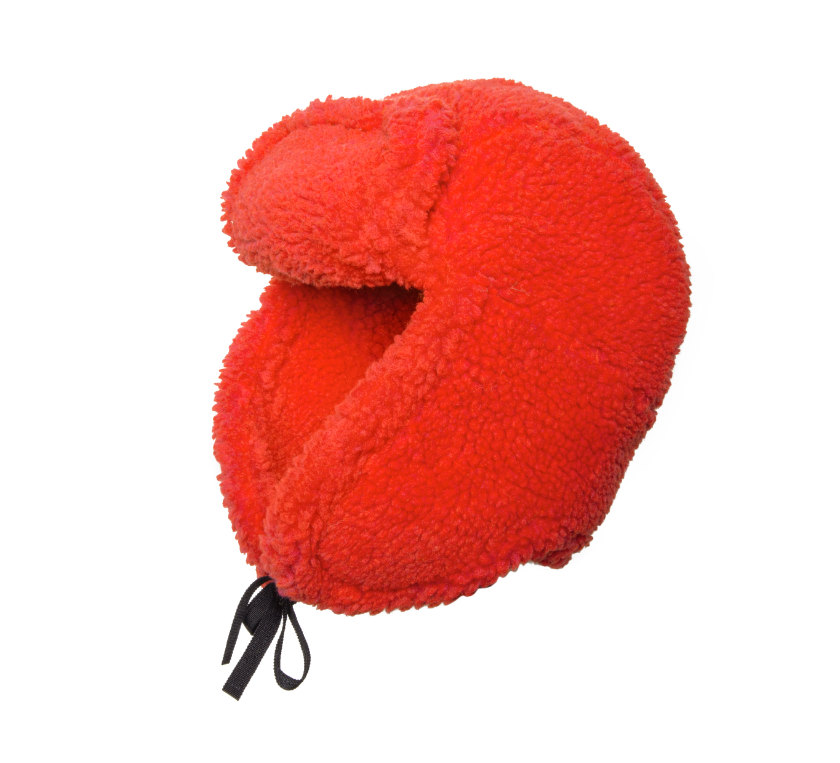
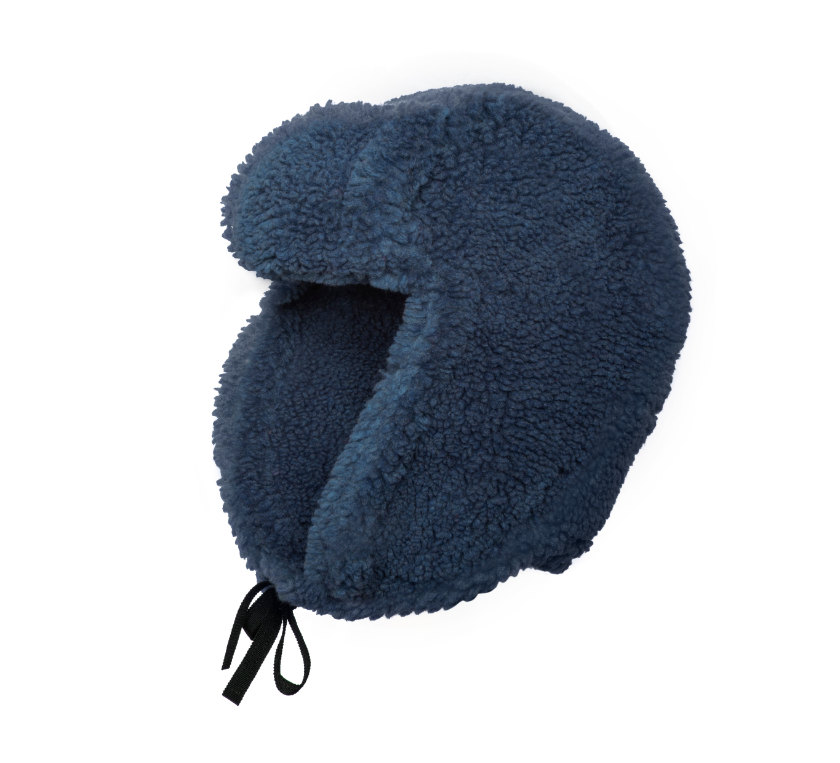 Above: Faux fur shearling made from post-consumer plastic waste.
Above: Faux fur shearling made from post-consumer plastic waste.
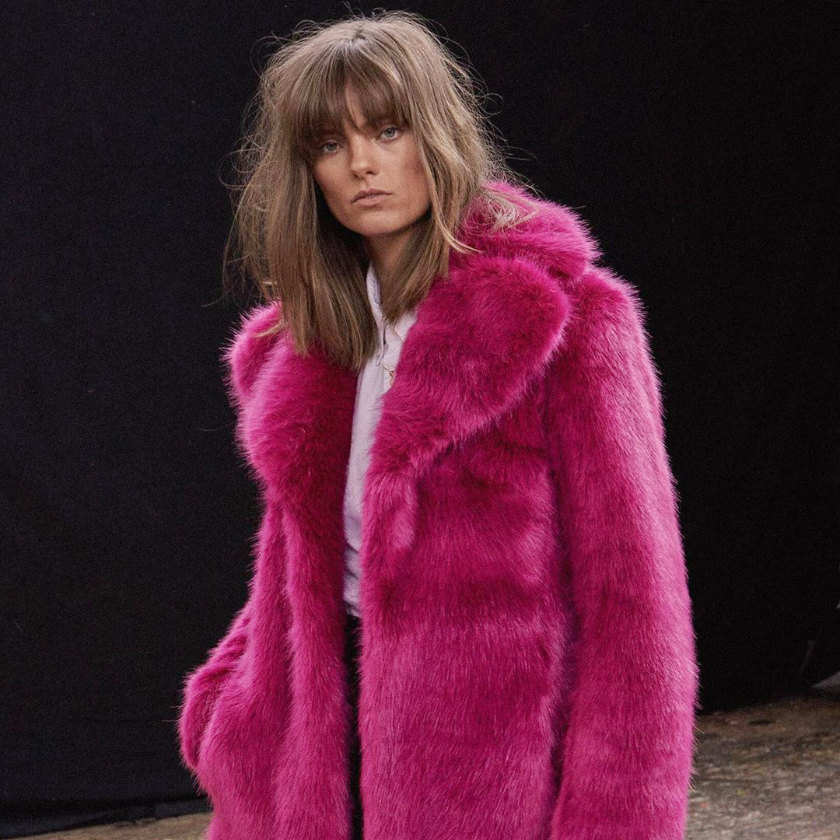
Related articles hand-picked by our editors
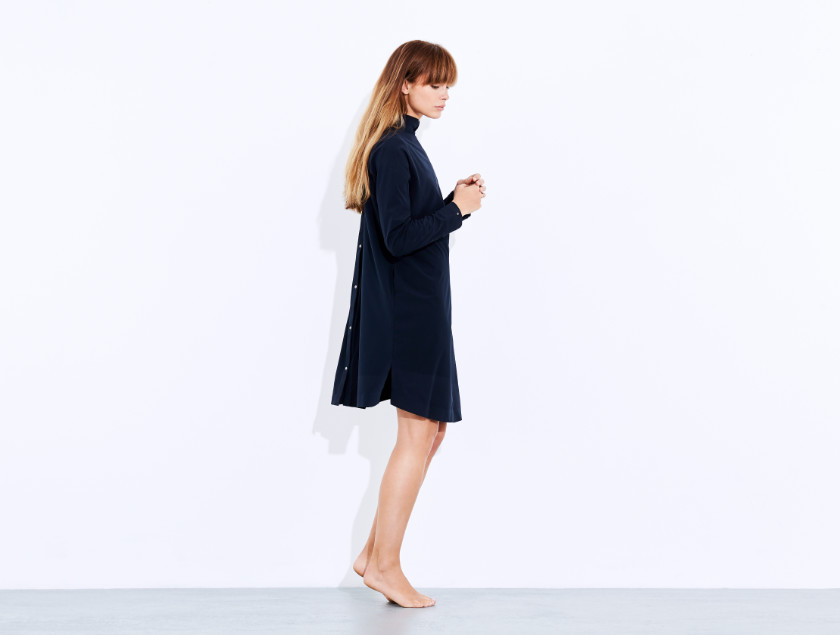
Future perfect
New York’s ADAY has quickly gained a reputation in sustainable fashion circles, by offering not just stylish designs, but an optimistic outlook, writes Jack Yan
From the January 2019 issue of Lucire KSA
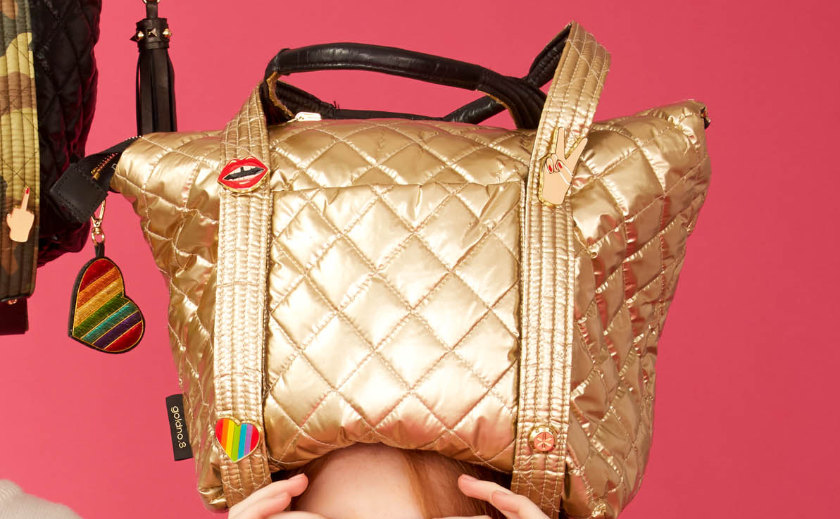
The customized is always right
With a fiercely loyal following, and a range of endlessly customizable bags, New York City’s Goldno.8 is a brand to watch. Jack Yan speaks to its founder, Ariane Gold, on her vision
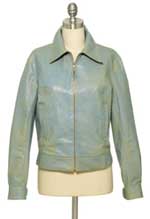 The fur doctor is in
The fur doctor is in
Buying a new fur coat is a no-no in today’s climate—so why not refurbish
an old one? It’s not for paupers—it’s good enough for Jennifer Lopez,
Kate Moss and Naomi Campbell by Ann Fryer
Advertisement
Copyright ©1997–2022 by JY&A Media, part of Jack Yan & Associates. All rights reserved. JY&A terms and conditions and privacy policy apply to viewing this site. All prices in US dollars except where indicated. Contact us here.